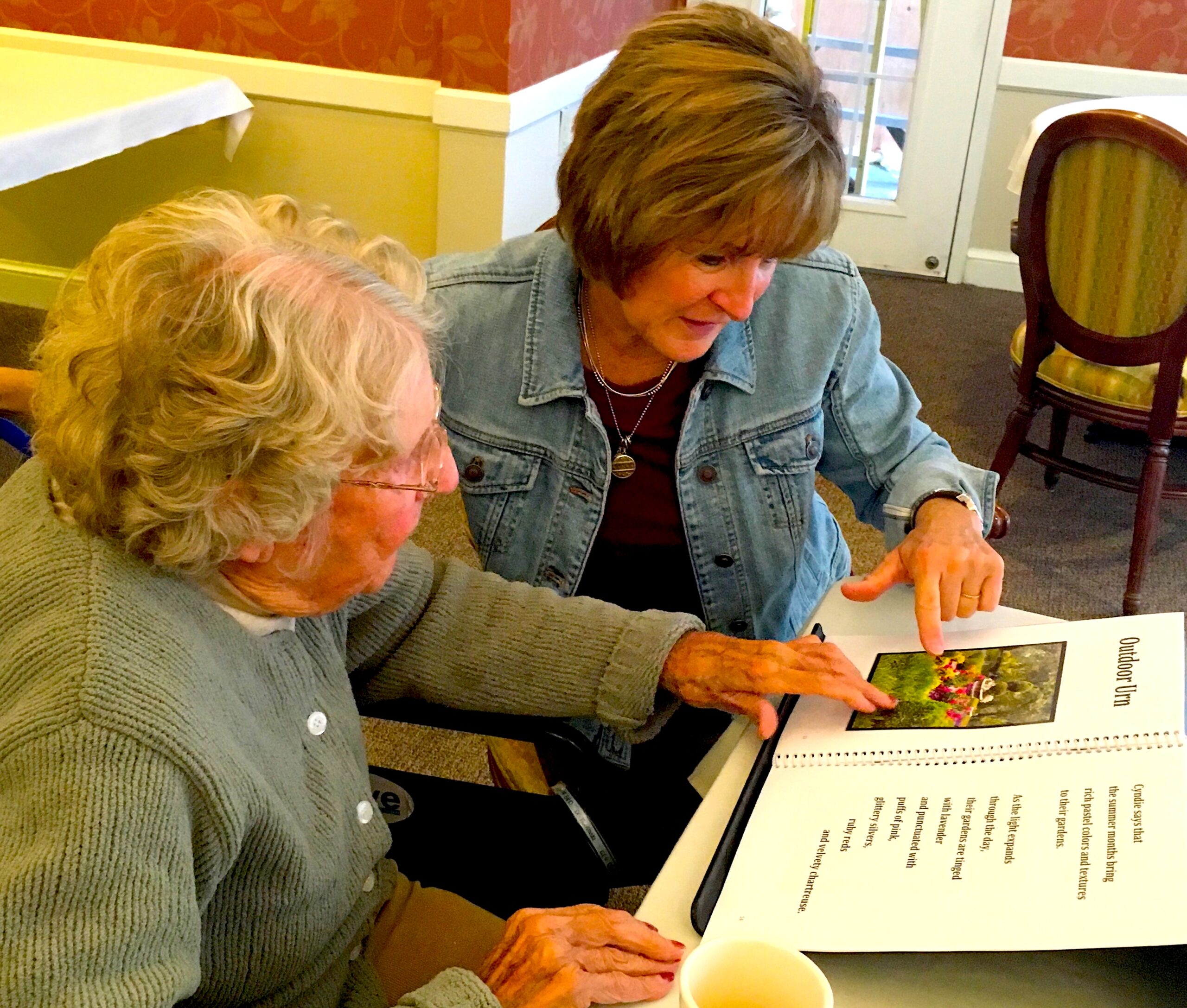When older adults are asked what truly matters to them, the answers are strikingly consistent — across time, geography, and context. They talk about people. About connection. About meaning.
A Longstanding Truth
When I first started visiting nursing homes, I contacted the Department of Gerontology at the University of Nebraska at Omaha to share what I was witnessing — moments of joy, loneliness, and everything in between. I met Dr. James Thorson, who at the time chaired the department. He listened and then referred me to a study he and Dr. Frederick “Chuck” Powell had just published: Social Conditions of Nebraska’s Elderly (Powell & Thorson, 1994).
I read the study cover to cover. It documented exactly what I was seeing with my own eyes: older adults consistently expressed that their core needs included transportation to medical appointments, feeling cared about, and having someone to turn to. When I finished reading it, I knew I was on the right track.
Three decades later, the evidence is even stronger. A recent national study found that older adults most frequently identify social connection—not health or independence—as their top priority (Schiltz et al., 2025). And the Age-Friendly Health Systems framework places What Matters at the center of person-centered care (Catic et al., 2025).
This isn’t a trend. It’s an enduring truth.
Where Volunteers Make the Difference
In my own work, I’ve witnessed volunteers pull people out of depression, lift spirits, and spark moments of joy. I’ve seen volunteers and residents create meaningful connections through art, sharing a football game, taking a walk, or simply enjoying a meal together. These aren’t small things — they’re the moments that make life worth living.
When structured thoughtfully, companion volunteer programs do more than provide company. They:
- Surface what matters most to individuals.
- Offer emotional and social support that improves well-being.
- Help fill practical gaps in care, such as transportation and communication.
- Strengthening community bonds within care settings.
A Call to Leadership
Activity and life enrichment professionals already understand this. But to make companion volunteer programs truly transformative, we need administrators, executive directors, and policy makers to lead.
A serious investment in building a volunteer program, managed by a trained volunteer coordinator, will:
- Enhance resident and family satisfaction,
- Support staff by alleviating non-clinical burdens,
- Improve quality metrics,
- And ultimately produce a positive financial impact on the nursing home budget.
No, volunteer programs aren’t “free.” But the return on investment is both human and economic.
Call to Action
We’ve known for decades what older adults need most: connection, support, and someone who cares. The evidence is clear, the impact is measurable, and the opportunity is now.
If you’re an administrator, executive director, or policymaker — let’s have a conversation about how to make companion volunteers a core part of your care strategy.
Reach out to the National Association of Long-Term Care Volunteers (NALTCV) to learn how to build and sustain a program that changes lives — and strengthens communities.
References
Catic, A., et al. (2025, October 3). Eliciting and acting on “What Matters” as the foundation for age-friendly, person-centered care. Baylor College of Medicine. https://blogs.bcm.edu/2025/10/03/eliciting-and-acting-on-what-matters-as-the-foundation-for-age-friendly-person-centered-care/
Schiltz, J., et al. (2025, October 17). Older adults value social connection over their own health. Earth.com. https://www.earth.com/news/older-adults-value-social-connection-over-their-own-health/
Powell, F. C., & Thorson, J. A. (1994, October). Social conditions of Nebraska’s elderly (Research report). University of Nebraska at Omaha, Department of Gerontology & Center for Public Affairs Research. https://digitalcommons.unomaha.edu/cparpubarchives/361



